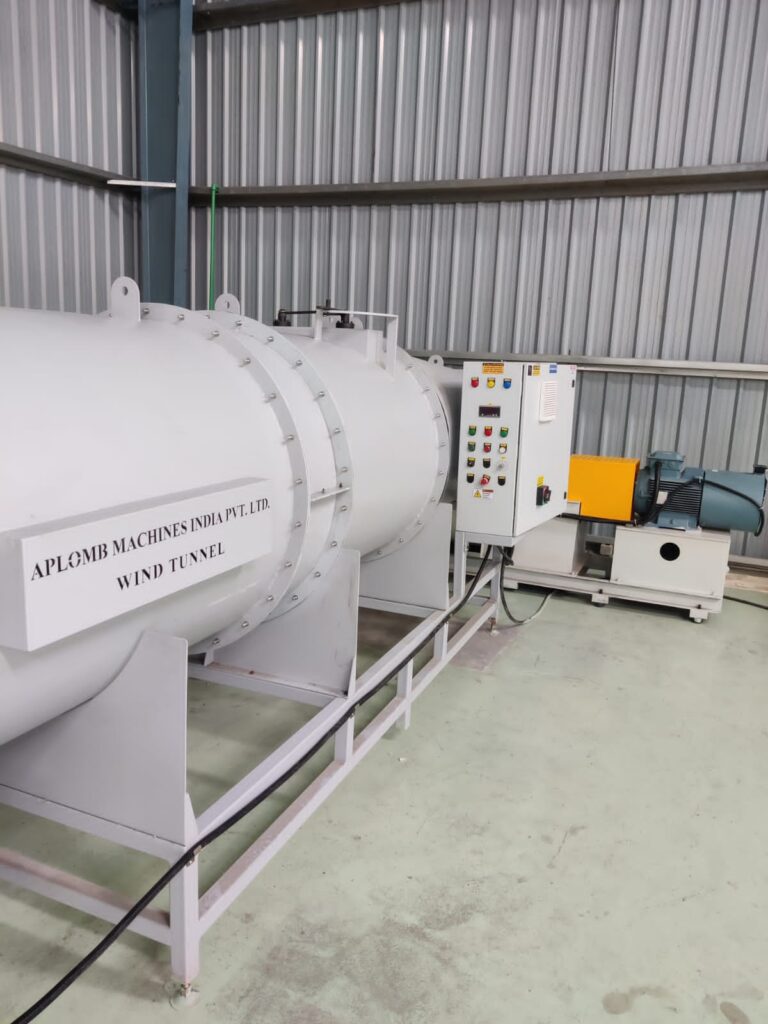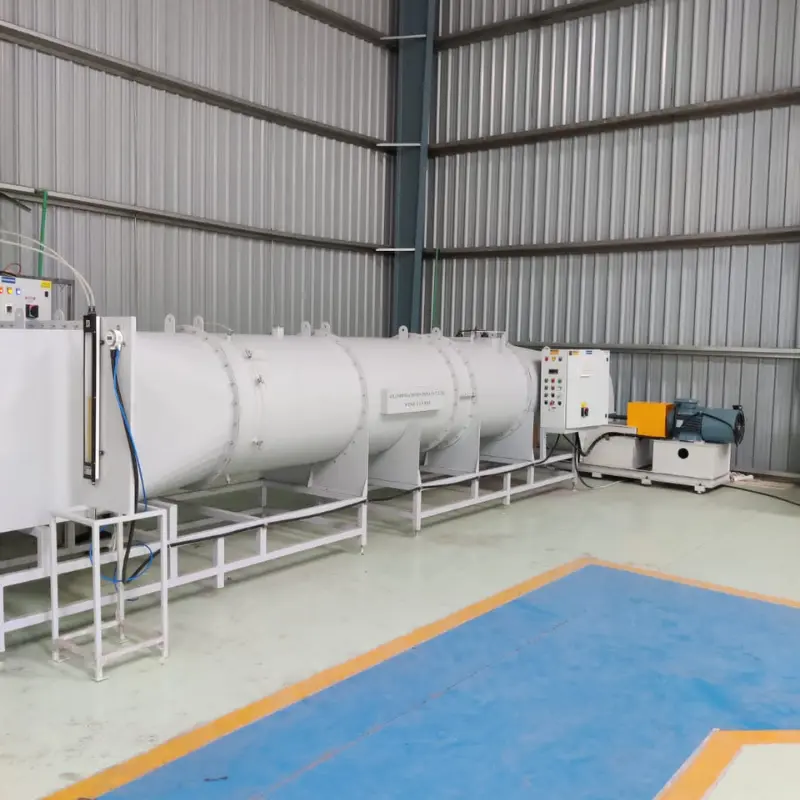

Wind Tunnel
A wind tunnel is a facility used to test the aerodynamic properties of objects, such as vehicles, buildings, or aircraft, by subjecting them to controlled airflow. The primary purpose of a wind tunnel is to simulate the effects of air movement on the object at various speeds and angles, allowing researchers, engineers, and designers to study and optimize the aerodynamic performance.
Here are key components and features of a wind tunnel:
- Test Section: This is the area within the wind tunnel where the object being tested is placed. It is designed to simulate the conditions the object would experience in real-world scenarios.
- Fan or Blower: The wind tunnel is equipped with a powerful fan or blower that generates airflow through the test section. The speed and direction of the air can be precisely controlled to simulate different conditions.
- Instrumentation: Various instruments are used to measure aerodynamic forces, pressures, temperatures, and other parameters during the tests. These instruments provide valuable data for analyzing the performance of the object under different airflow conditions.
- Model Mounting System: The object being tested, often a scaled-down model of the actual product, is mounted securely in the test section. The mounting system allows for precise positioning and adjustment of the model.
- Control System: A sophisticated control system regulates the airflow, controlling variables such as airspeed, temperature, and pressure. This system ensures accurate and repeatable testing conditions.
Our Product Range
Menu

